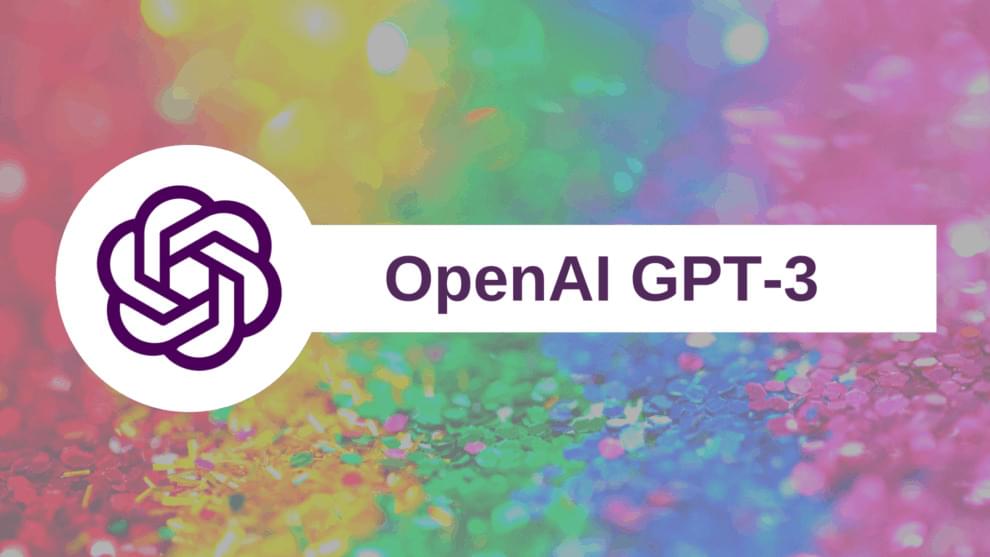Kindly see my latest FORBES article:
In the piece I explore some of the emerging tech that will impact our coming year. Thank you for reading and sharing!
2022 was a transformative year for technological innovation and digital transformation. The trend will continue as the pace of innovation and development of potentially disruptive emerging technologies exponentially increases every year. The question arises, what lies ahead for tech for us to learn and experience in 2023?
While there are many impactful tech topics such as the Internet of Things, 5G, Space, Genomics, Synthetic Biology, Automation, Augmented Reality, and others, there are four tech areas to keep a keen watch on this coming year as they have promising and near-term capabilities to transform lives. They include: 1) artificial intelligence, 2) computing technologies, 3) robotics, and 4) materials science.








